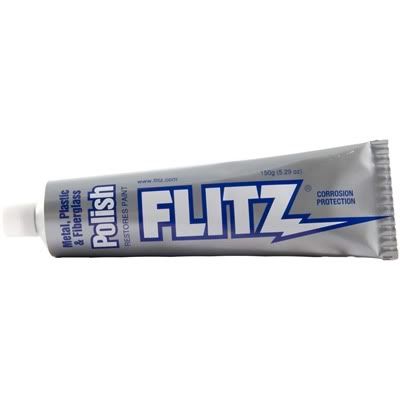Picked up an 1842 last year after relying on my Enfield since I started the hobby. One of the reasons I chose the Enfield initially was the blueing offered an easier alternative in regards to keeping a rifle clean in the field. However, when I saw this defarbed 69 being offered for sale by Dan Wambaugh I couldn't help myself.
After the first event I cleaned the rifle to about it's original brightness after having to resort to 400 grit paper. When I got back from Shiloh the rifle was pretty rough but I didn't want to continue to use harsh methods to clean the finish. I ended up using #000 steel wool which removed the rust but left discoloration on the metal.
What would a rifle in the field have looked like? Would they have a patina or would they be bright. I know that measures such as using crushed brick and ash were used but how often would that have been practical.
What degree of cleanliness on a rifle with a finish like the 42 do forum members strive for. Would like to hear from anyone who would like to chime in.
After the first event I cleaned the rifle to about it's original brightness after having to resort to 400 grit paper. When I got back from Shiloh the rifle was pretty rough but I didn't want to continue to use harsh methods to clean the finish. I ended up using #000 steel wool which removed the rust but left discoloration on the metal.
What would a rifle in the field have looked like? Would they have a patina or would they be bright. I know that measures such as using crushed brick and ash were used but how often would that have been practical.
What degree of cleanliness on a rifle with a finish like the 42 do forum members strive for. Would like to hear from anyone who would like to chime in.






Comment